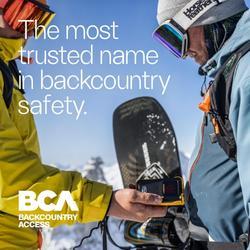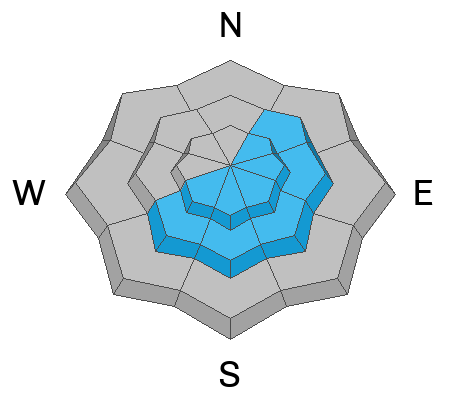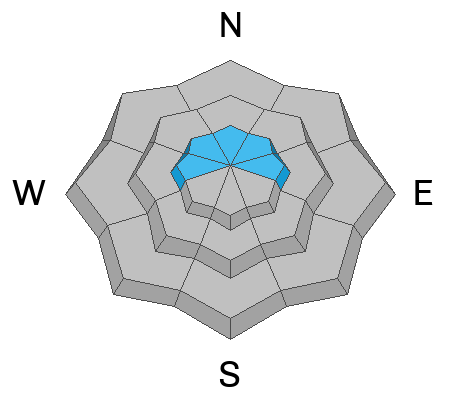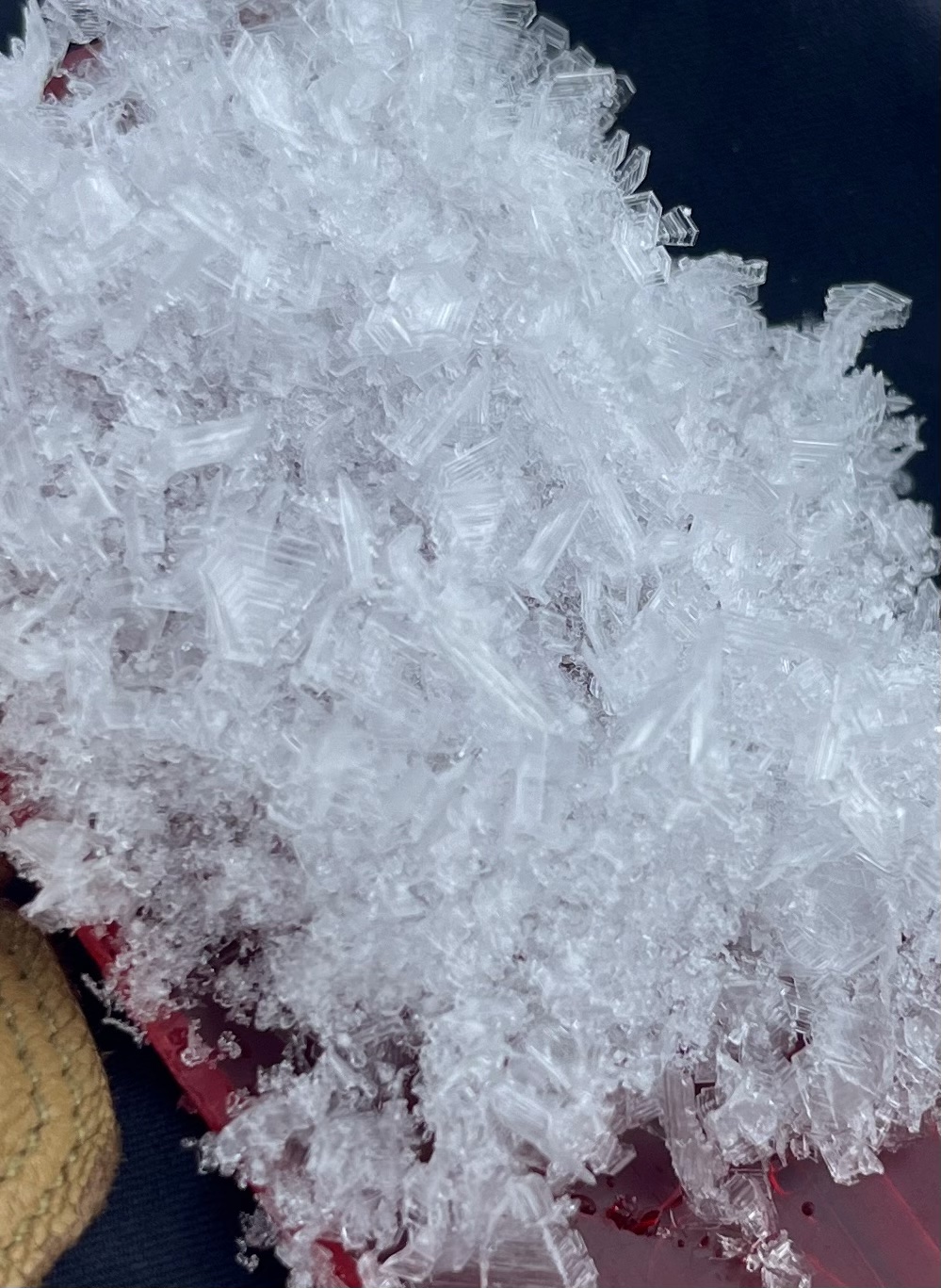Forecast for the Logan Area Mountains

Issued by Paige Pagnucco on
Saturday morning, January 18, 2025
Saturday morning, January 18, 2025
There is MODERATE avalanche danger, and human-triggered avalanches are possible in upper and mid-elevation terrain. The problem is most pronounced along ridgelines and around lee terrain features, and here, you could trigger sensitive slabs of wind-drifted new snow. Isolated deep slab avalanches, breaking 2 to 4 feet deep on a persistent weak layer, are unlikely, yet the consequences could be severe.
- Evaluate snow and terrain carefully and continue to practice safe travel protocols by only exposing one person at a time to avalanche risk.
- You'll find very good shallow powder riding conditions in shaded, sheltered terrain.
- Prepare for very cold temperatures for the next few days and adjust your travel plan accordingly.

Low
Moderate
Considerable
High
Extreme
Learn how to read the forecast here






